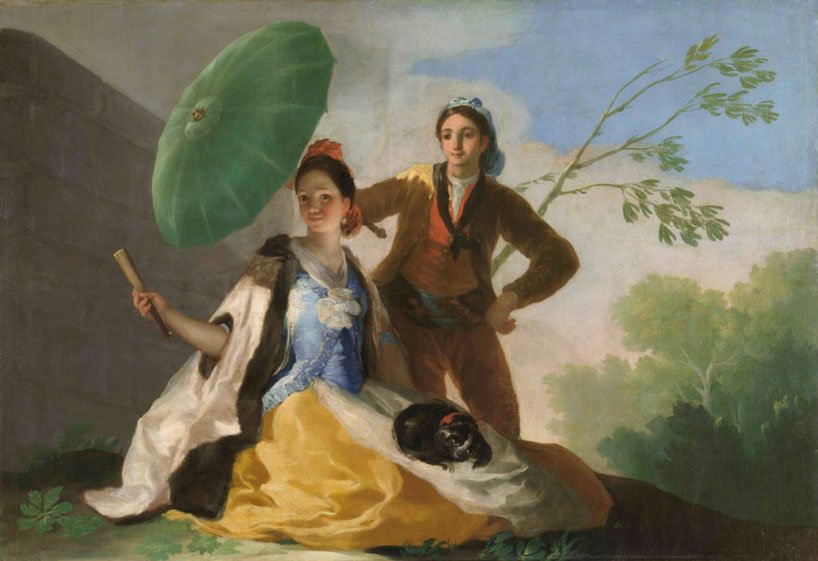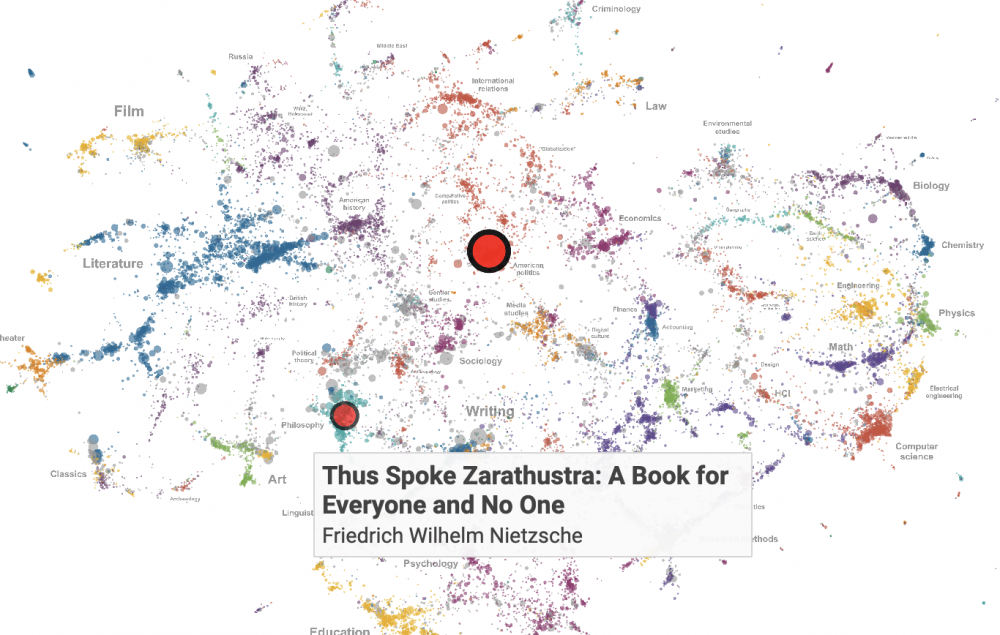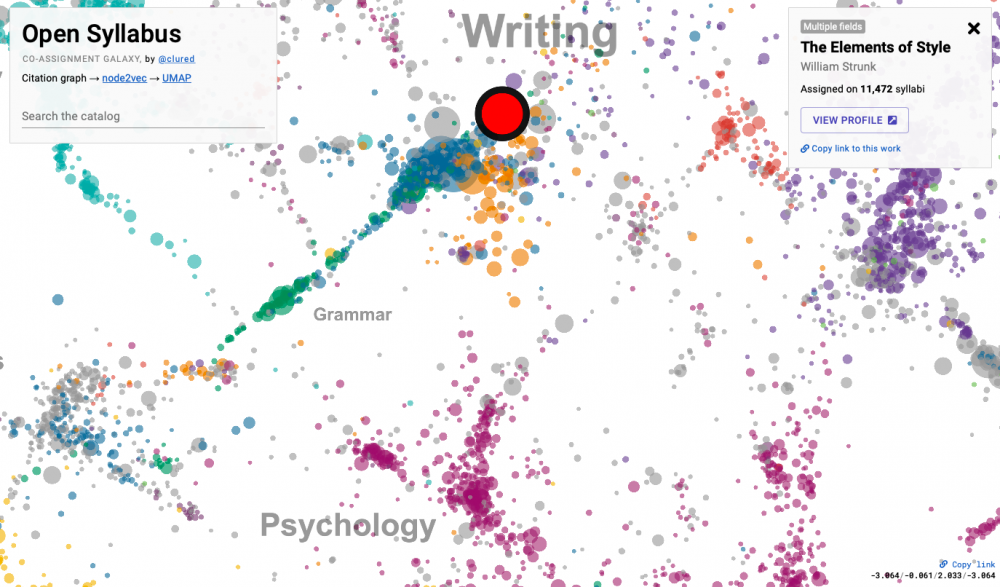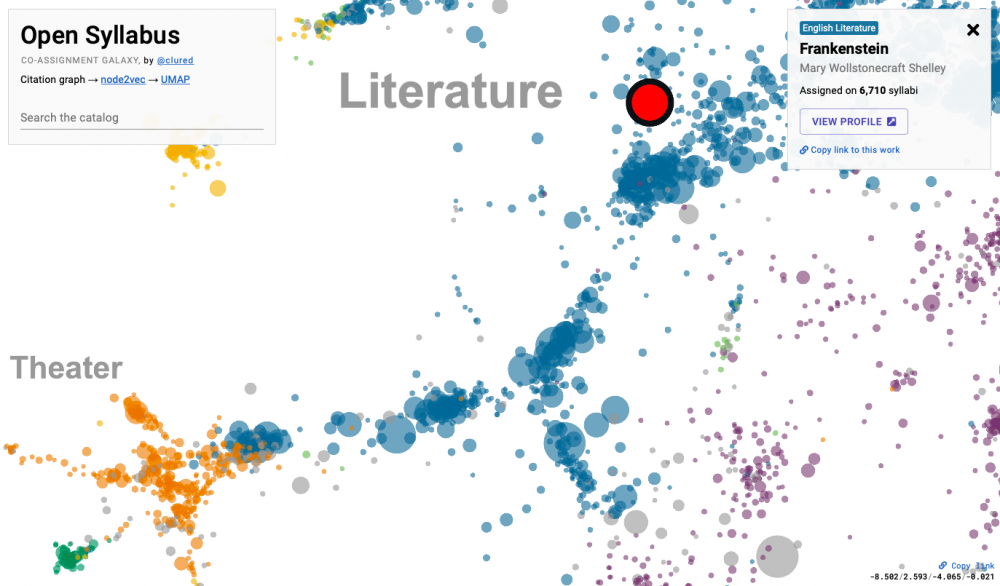“I tried to get Latin canceled for five years,” says an exasperated Max Fischer, protagonist of Wes Anderson’s Rushmore, when he hears of his school’s decision to scrap Latin classes. “ ‘It’s a dead language,’ I’d always say.” Many have made a similarly blunt case against the study of Latin. But as we all remember, Max’s educational philosophy overturns just as soon as he meets Miss Cross and brings up the cancellation to make conversation. “That’s a shame because all the Romance languages were based on Latin,” she says, articulating a standard defense. “Nihilo sanctum estne?” Max’s reply, after Miss Cross clarifies that what she said is Latin for “Is nothing sacred?”: “Sic transit gloria.”
From ad hoc and bona fide to status quo and vice versa, all of us know a little bit of Latin, even the “dead language’s” most outspoken opponents. But do any of us have a reason to build deliberately on that inherited knowledge? The video at the top of the post offers not just one but “Three Reasons to Study Latin (for Normal People, Not Language Geeks).”
As its host admits, “I could tell you that studying Latin will set you up to learn the Romance languages or give you a base of knowledge for fine arts and literature. I can tell you that you’ll be able to read Latin on old buildings, hymns, state mottoes, or that reading Cicero and Virgil in the original is divinely beautiful.” But the number one reason to study Latin, he says, is that it will improve your language acquisition skills.
And language acquisition isn’t just the skill of learning languages, but “the skill of learning other skills.” It teaches us that “thoughts themselves are formed differently in different languages,” and learning even a single foreign word “is the act of learning to think in a new way.” Study a foreign language and you enter a community, just as you do “every time you learn a new profession, learn a new hobby,” or when you “interact with historians or philosophers, interact with the writers of cookbooks, or gardening books, or even writers of software.” Latin in particular will also make you better at speaking English, especially if you already speak it natively. Not only are you “unavoidably blind to the weaknesses and strengths of your native meaning carrying system — your language — until you test drive a new one,” the more complex, abstract half of the English vocabulary comes from Latin in the first place.
Above all, Latin promises wisdom. Not only can it “train you to conceptualize one thing in the context of many things and to see the connections between all of them,” it can, by the time you’re understanding meaning as well as form, “grow you in big-picture and small-picture thinking and give you the dexterity to move back and forth between both.” Just as you are what you eat, “your mind becomes like what you spend your time thinking about,” and the rigorously structured Latin language can imbue it with “logic, order, discipline, structure, precision.” In the TED Talk above, Latin teacher Ryan Sellers builds on this idea, calling the study of Latin “one of the most effective ways of building strong fundamentals in students and preparing them for the future.” Among the timeless benefits of the “eternal language” Sellers includes its ability to increase English “word power,” its “mathematical” nature, and the connections it makes between the ancient world and the modern one.
Latin used to be more a part of the average school curriculum than it is now, but the debates about its usefulness have been going on for generations. Why Study Latin?, the 1951 classroom film above, covers a wide swath of them in ten minutes, from reading classics in the original to understanding scientific and medical terminology to becoming a sharper writer in English to tracing modern Western governmental and societal principles back to their Roman roots. And as the School of Life video below tells us, some things are still best expressed in Latin, an economical language that can pack a great deal of meaning into relatively few words: Veni, vidi, vici. Carpe diem. Homo sum: humani nil a me alienum puto. And of course, Latin makes every expression sound weightier — it gives a certain gravitas, we might say.
If all these arguments have sold you on the benefits of Latin, or at least got you intrigued enough to learn more, watch “How Latin Works” for a brief overview of the history and mechanics of the language, as well as an explanation of what it has given to and how it differs from English and the other European languages we use today. You might then proceed to the free Latin lessons available at the the University of Texas’ Linguistics Research Center, previously featured here on Open Culture. The more Latin you acquire, the more you’ll see and hear it everywhere. You might even ask the same question Max Fischer poses to the assembled administrators of Rushmore Academy: “Is Latin dead?” His motivations have more to do with romance than Romance, but there are no bad reasons to learn a language, living or otherwise.
Related Content:
Learn Latin, Old English, Sanskrit, Classical Greek & Other Ancient Languages in 10 Lessons
What Ancient Latin Sounded Like, And How We Know It
Hip 1960s Latin Teacher Translated Beatles Songs into Latin for His Students: Read Lyrics for “O Teneum Manum,” “Diei Duri Nox” & More
Why Should We Read Virgil’s Aeneid? An Animated Video Makes the Case
The Tree of Languages Illustrated in a Big, Beautiful Infographic
Based in Seoul, Colin Marshall writes and broadcasts on cities, language, and culture. His projects include the book The Stateless City: a Walk through 21st-Century Los Angeles and the video series The City in Cinema. Follow him on Twitter at @colinmarshall or on Facebook.















